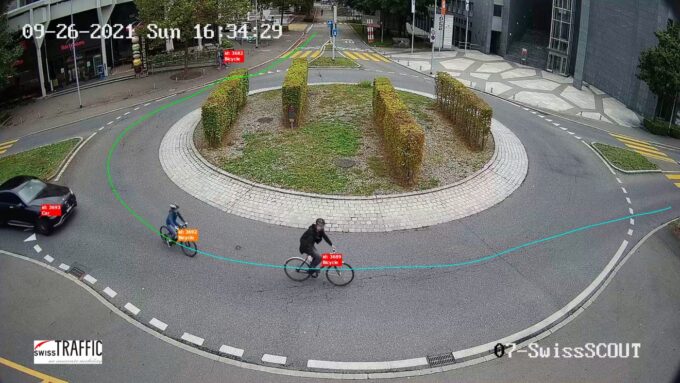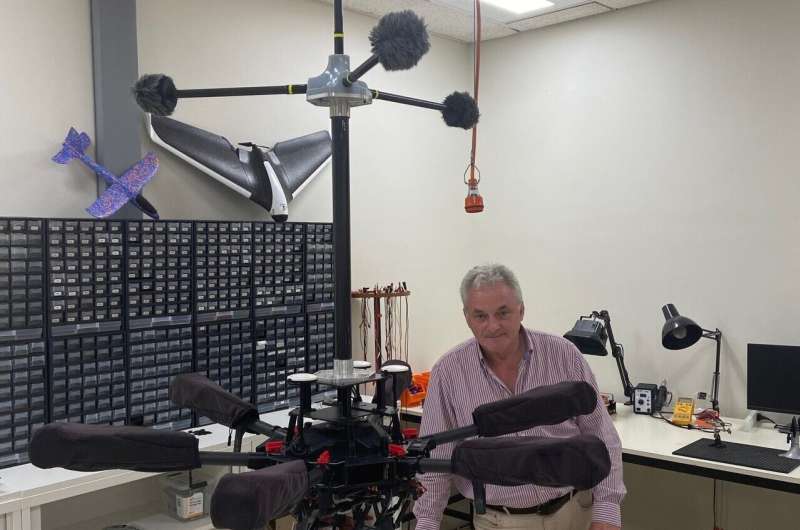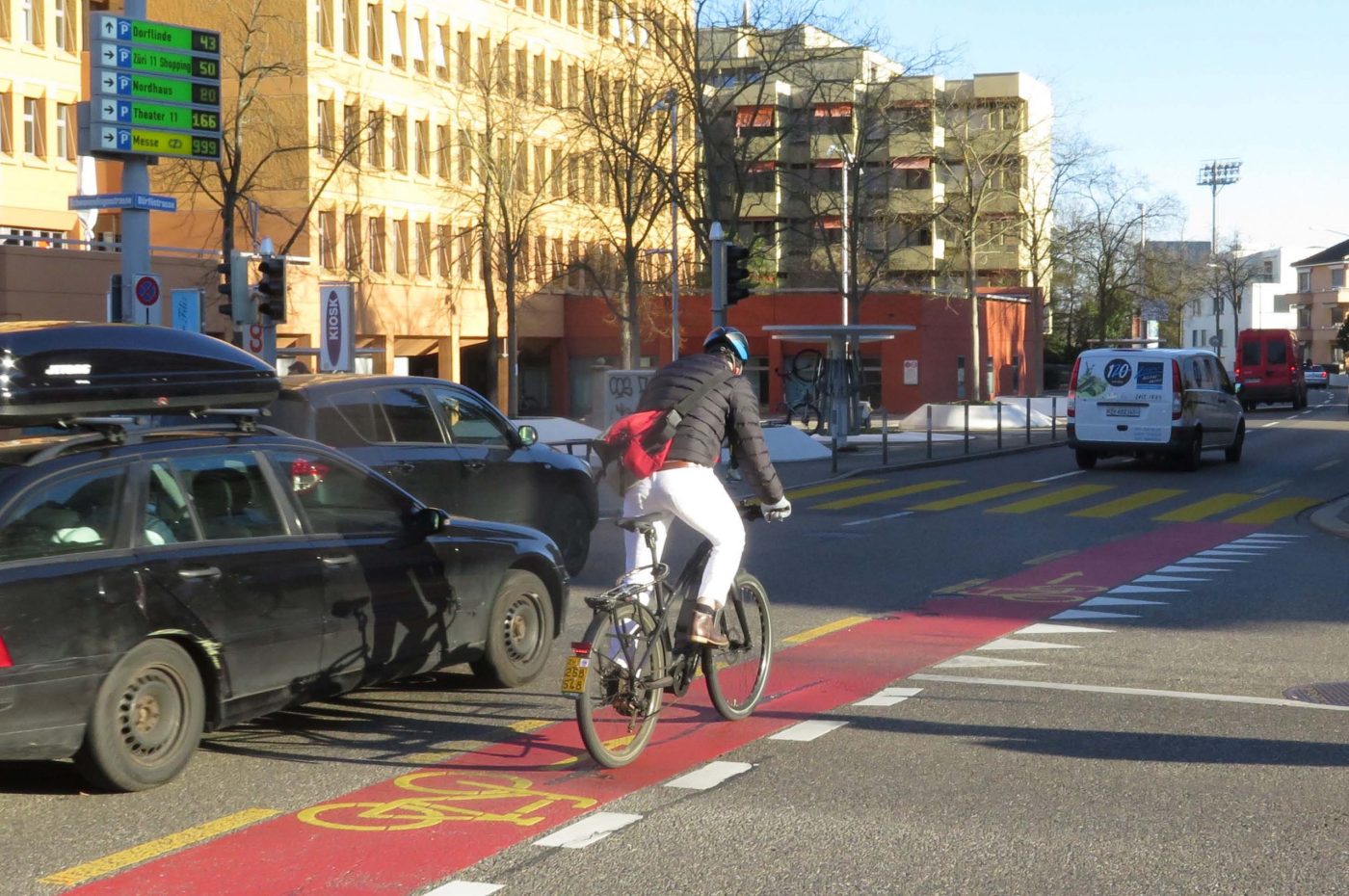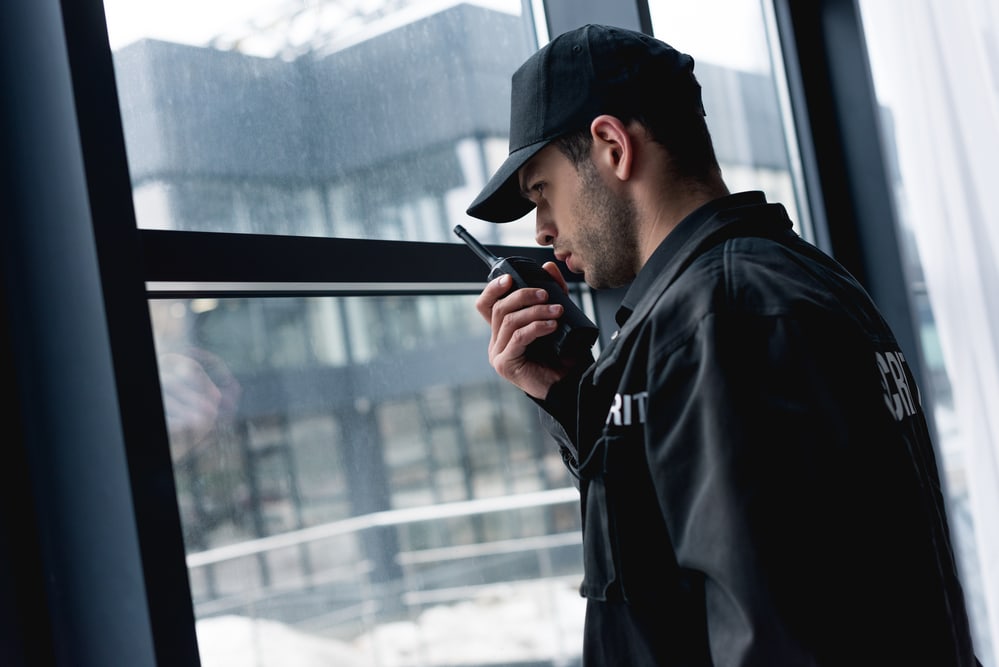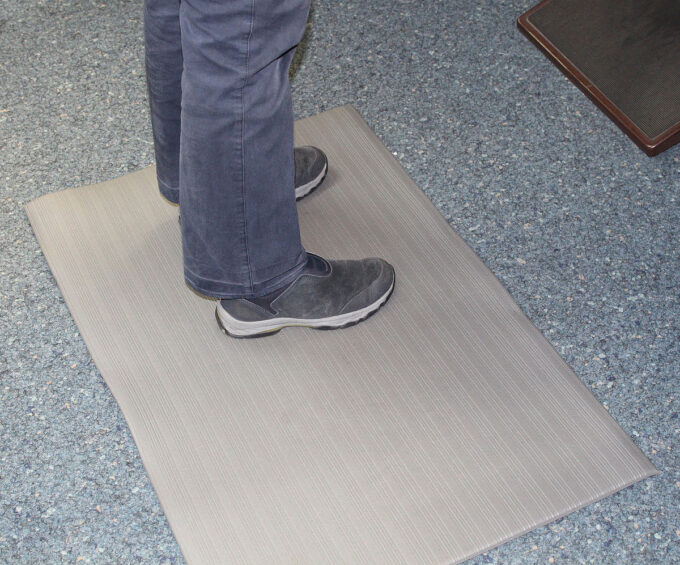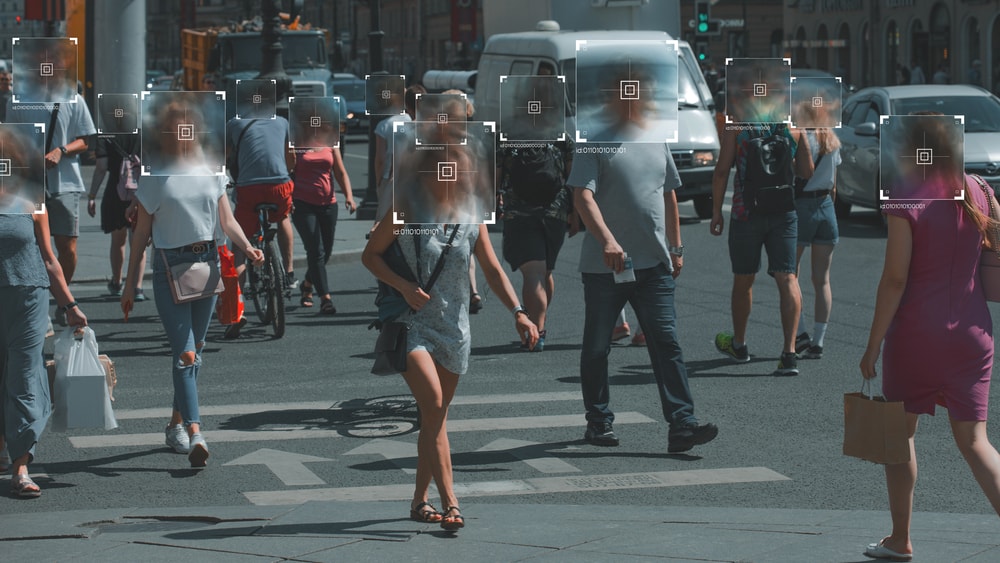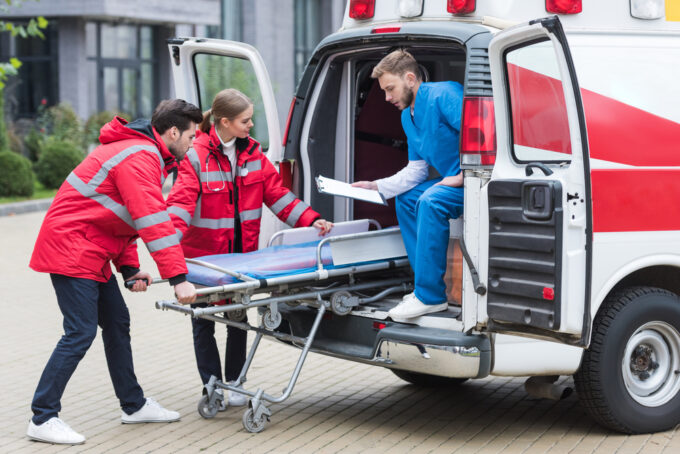A drone that can change its shape
Mirko Kovac has been awarded one of the coveted "ERC Consolidator Grants" under "Horizon Europe", the EU's most important funding program for research and innovation. Kovac, who conducts research at both Empa and Imperial College London, is developing metamorphic drones for use in areas with complex environmental conditions, such as the Arctic.
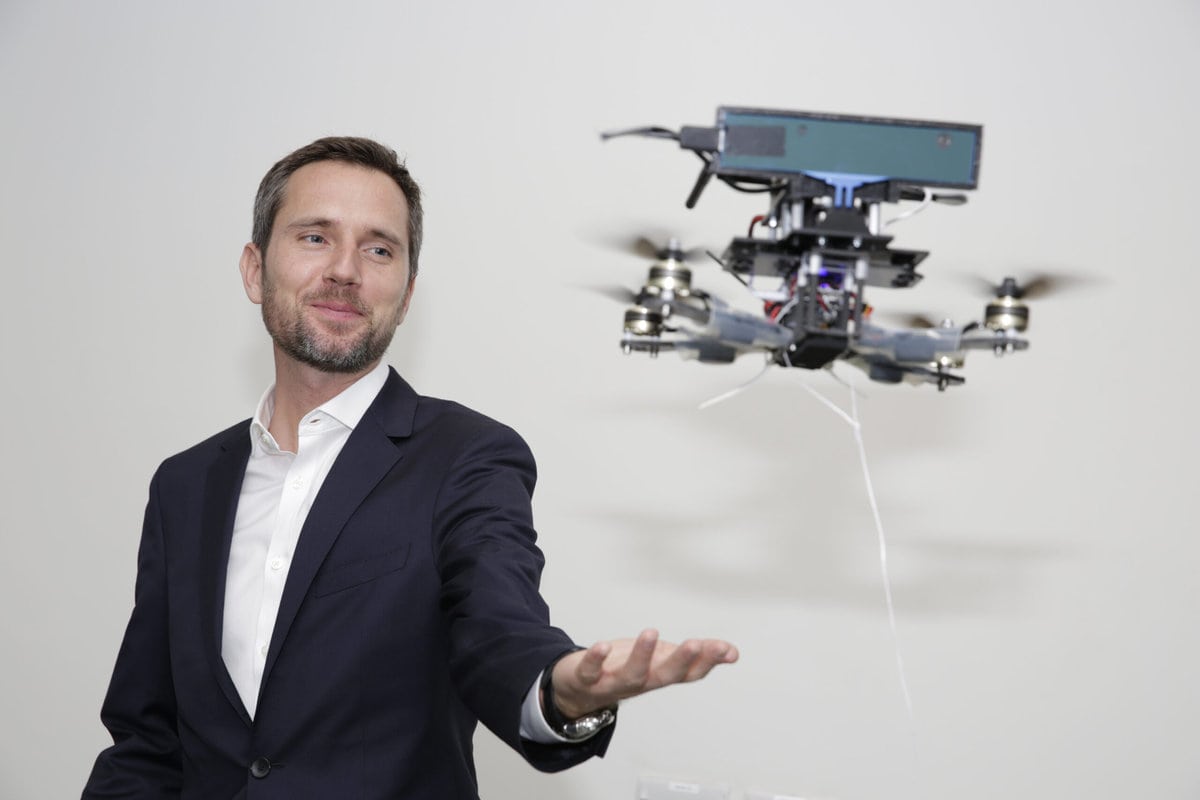
"ERC Consolidator Grants" are awarded by the European Research Council (ERC) to outstanding researchers with an excellent research project and provide two million euros for a period of five years. Mirko Kovac is developing metamorphic drones for use in complex ecosystems at the Materials and Technology Center of Robotics at Empa and the Department of Aeronautics at Imperial College London. His project "Proteus Drone" will be a new class of "soft materials drones", i.e. drones made of flexible materials. The drones should be able to change their shape - similar to the sea god Proteus from Greek mythology, who is considered a master of transformation. This could enable the use of drones in difficult (and changing) environments such as the Arctic for climate change research.
"Flying robots can already observe the environment from the air, but they can't move underwater or on the water's surface to collect valuable environmental data," Kovac says, adding that while there are some air/water bimodal vehicles; none have yet been able to demonstrate a full operational cycle, including energy-efficient locomotion in the air, in the water and on the water's surface. With the "Proteus Drone" the robotics expert now aims to make fundamental scientific advances in mobile robotics and advance innovative technologies for better sensors for robots in hard-to-reach aquatic ecosystems.

"This grant is a wonderful support for our work on robot metamorphosis and will be a tremendous boost to the development of new technologies in my team," said Kovac, who will collaborate with international experts in computer vision and evolutionary biology on the project. One potential application for the shape-shifting drones is in environmental protection, for example, when multimodal robots can collect data to study climate change in vulnerable ecosystems such as the Arctic.
Source: Empa







